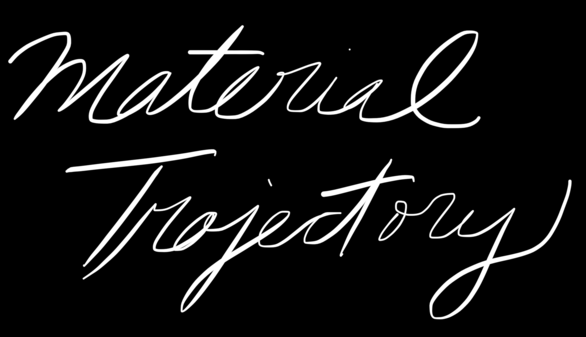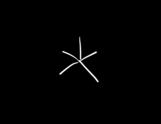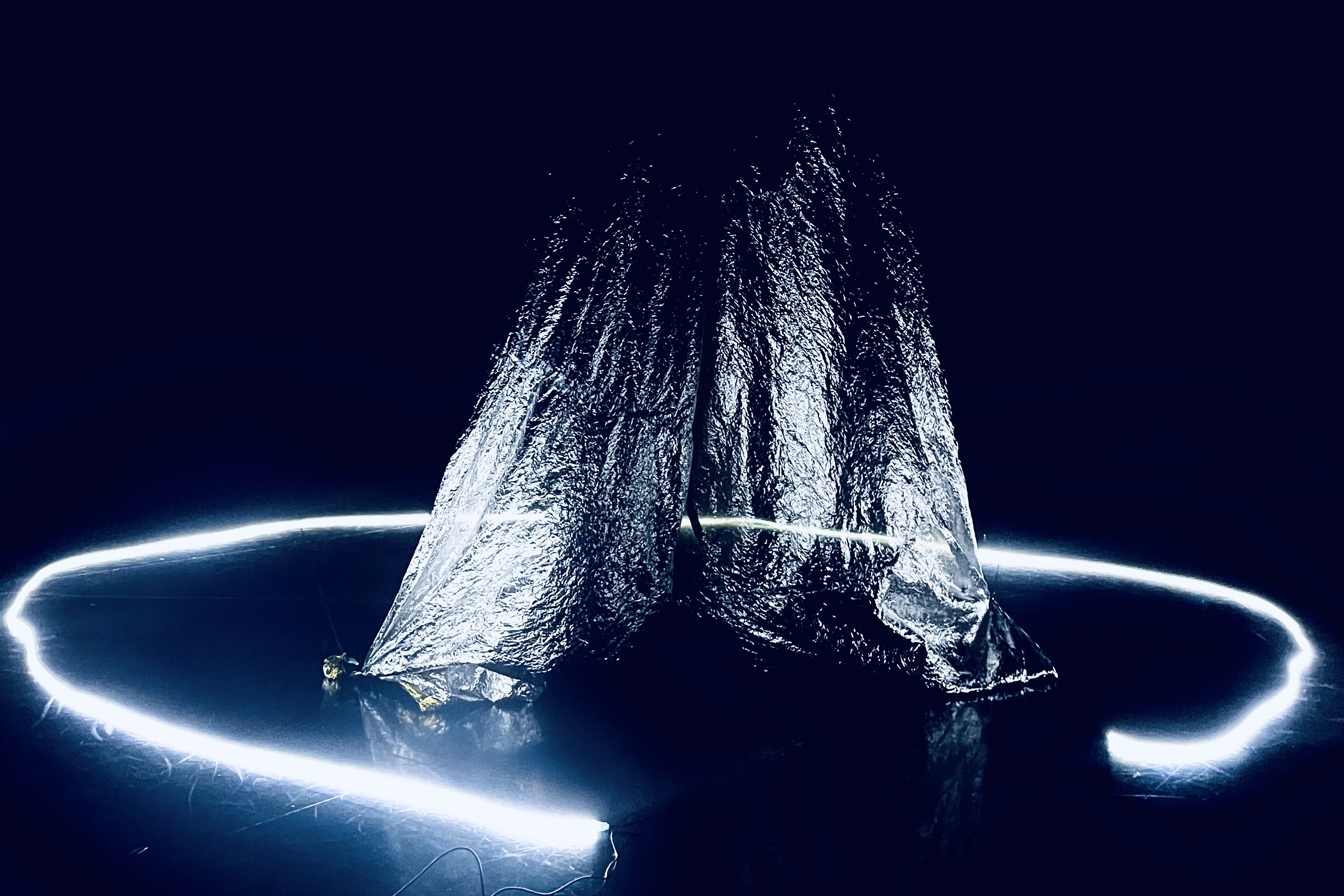Througout the project, I purchased approximatively 100 pieces of foil manufactured as safety blanket. When working with large-scale pieces of foil, I had to patch them together. Since the patchwork required more human resources or time, I investigated if I could purchase larger rolls. I was in touch with people at the Swedish National Space Agency to identify potential suppliers and with people working in the spatial, food and first aid industries. I also investigated with manufacturers from Asia. In all cases, to order the material, one would need to buy it in huge quantities; thus, the firms did not sell to private persons, and any firm ordering would need to deal through trading agencies for permission to import.
I purchased the safety blanket mainly from the same stores in Sweden; I never succeeded in contacting the companies that are packaging the safety blankets, and they have yet to answer my mail enquiries.
Throughout the years, the format and quality differed at different periods, even if it was the same stores and trademarks. During the pandemic, supplies were lower and sometimes the items were impossible to find, and when Ukraine was invaded by the Russians, the stores were out of products for a few months. When available again, the quality (resistance) had decreased, and dimensions differed, I am unsure if it is coincidental or related.
I have not dispose of any of the pieces of foil I have purchased. I always found a repruposing for them. When my doctoral project will conclude I intend to continue to work with foil. When I will no longer be working with the piece of foil, I am unsure of what I will do with them. They could become a permanent sculpture in an art gallery or they could be used as shelter by whom in need. One of the piece of foil is archived at Stockholm University of the Arts.
Foil is non bio degradable.


























